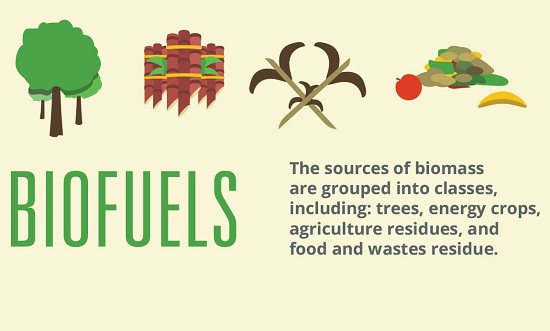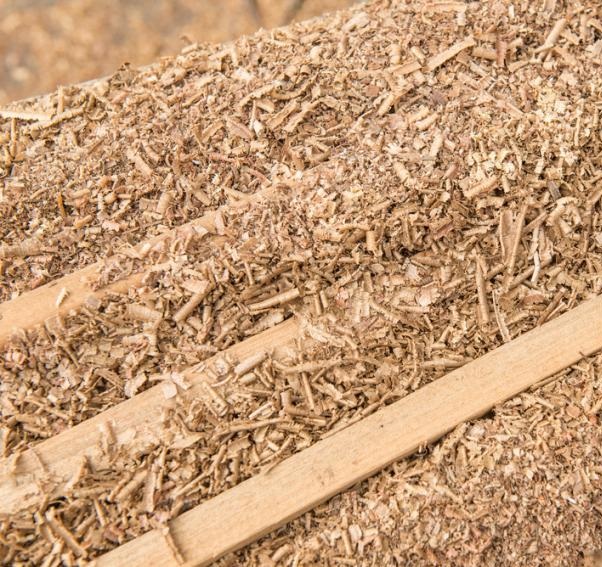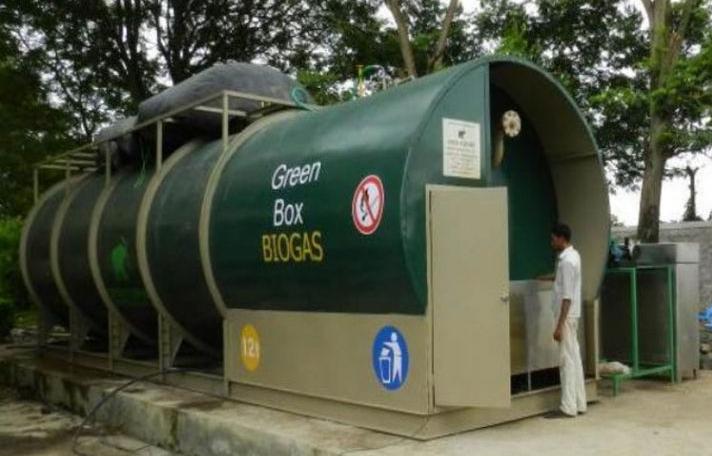Updated By: LatestGKGS Desk
Biofuel Types, Production, Raw Material, Biofuel from organic waste (Biomass)

Biofuel: Different Ways to produce Solid Liquid or Gaseous Biofuel from edible or non-edible biological sources
There are different types of biofuels- solids, liquids and gas- made from a variety of biomass such as agricultural waste, municipal wastes, vegetables and others. The derived fuels range from pellets, liquids like ethanol to methane gas.
The best method will depend on the source material, it's availability, the quantum of production and local costs.
For example, municipal wastes may be used in landfills and methane extracted from it if the adequate land is available and economy justifies it; if not, the other option is to convert it into fuel pellets using a mechanized production.
If there is more of organic waste, there is an option to convert it into compost. So, there is no single general best way; each situation is different and a study is required to identify the best option.
Depending upon the requirement, the source varies. Sugarcane is a good source for bio-ethanol, and even corn to some extent. Vegetable oils and animal fats {both edible and non - edible } can be used to obtain biodiesel via the trans-esterification process. Biogas may be obtained by the anaerobic digestion of any vegetative matter.


